

The dream of flying from New York to London in just one hour has come a step closer to reality.
Orbital ATK has successfully tested a 3D printed hypersonic engine combustor at Nasa Langley Research Centre in Virginia.
The breakthrough could lead to planes that can travel 3,425mph (5,500km/h) - 4.5 times the speed of sound.
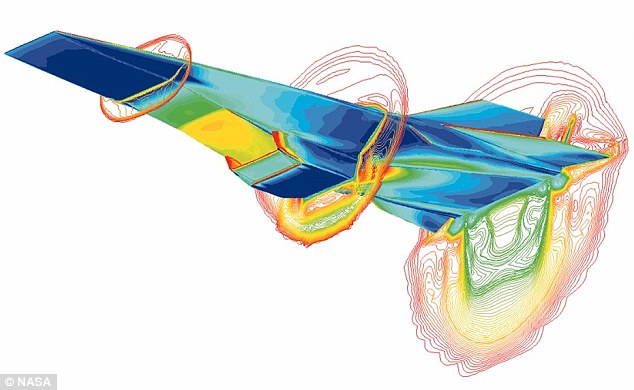
The dream of flying from New York to London in just one hour has come a step closer to reality. Orbital ATK has tested a 3D printed hypersonic engine combustor at Nasa Langley Research Centre in Virginia. Pictured is an image of a concept hypersonic plane shown in design software that models its aerodynamics.
The combustor was created through a manufacturing process known as powder bed fusion (PBF).
In this, a layer of metal alloy powder is printed and a laser fuses areas of together based on the pattern fed into the machine by a software program.
As each layer is fused, a second is printed until the final product is complete. Any additional powder is removed and the product is polished.
The combustor was successfully put through a range of hypersonic flight conditions over the course of 20 days, including one of the longest duration propulsion wind tunnel tests ever recorded.
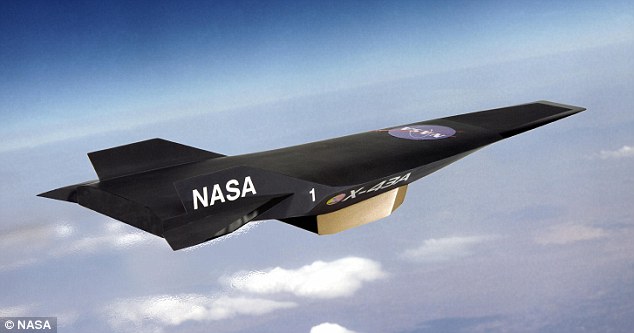
Orbital says one of the most challenging parts of the propulsion system, a scramjet combustion. This houses and maintains stable combustion within an extremely volatile environment. It would be used in future supersonic planes such as Nasa's future versions of X-43, an unmanned experimental hypersonic aircraft.
Orbital says one of the most challenging parts of the propulsion system, a scramjet combustion.
This houses and maintains stable combustion within an extremely volatile environment.
The tests were, in part, to ensure that the PBF-produced part would be robust enough to be used in an aircraft.
'Additive manufacturing opens up new possibilities for our designers and engineers,' said Pat Nolan, Vice President and General Manager of Orbital ATK's Missile Products division of the Defense Systems Group.
'This combustor is a great example of a component that was impossible to build just a few years ago.

The tests, at Nasa Langley Research Centre in Virginia. could lead to planes that can travel 3,425mph (5,500km/h) - 4.5 times the speed of sound.
'This successful test will encourage our engineers to continue to explore new designs and use these innovative tools to lower costs and decrease manufacturing time.'
The test at Langley was an important opportunity to challenge Orbital ATK's new combustor design, made possible only through 3D printing.
Complex geometries that once required multiple components can be simplified to a single, more cost-effective assembly.
But, since the components are built one layer at a time, it is now possible to design features and integrated components that could not be easily cast or otherwise machined.
The company could also someday used this technique on rocket parts.
Earlier this month, ATK was awarded a $47 million contract from the US Air Force to develop a solid rocket propulsion system prototype to support the Evolved Expendable Launch Vehicle (EELV) program.
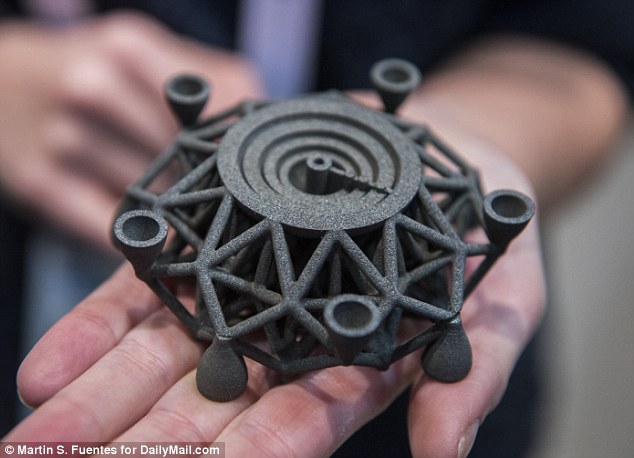
The first ever object to be 3D printed from 'alien' material has been unveiled at CES. Planetary Resources and 3D Systems today showcased a model of part of a spacecraft from meteorite metals found in Argentina. Eventually, they want to be able to use the technology in space to build future colonies on Mars.
Orbital isn't the only one making breakthroughs in 3D printed structures for aerospace.
At CES earlier this month, tThe first ever object to be 3D printed from 'alien' material was unveiled.
Planetary Resources and 3D Systems today showcased a model of part of a spacecraft from meteorite metals found in Argentina.
Eventually, they want to be able to use the technology in space to build future colonies on Mars from material found on the surface.
They also hope to someday move industrial processes to other planets to reduce pollution and save space on Earth.
This spacecraft prototype was 3D printed from an asteroid that was pulverised, powdered and processed on 3D Systems' ProX DMP 320 metals 3D printer.
The meteorite used for the print materials was sourced from the Campo Del Cielo, and is made up of iron, nickel and cobalt – similar materials to refinery grade steel.
'We literally cute the meteorite in half and found it was a very dense metal field,' Cathy Lewis, chief marketing officer at 3D Systems told DailyMail.com.
'We took the top half of it and had it pulverised it. Then we 3D printed a model in the machine using this metal product. It really is out of this world.'
The process involves using plasma to turn the meteorite into a cloud of vapour. This then creates metallic powder that can be extracted in a vacuum.
The ProX DMP 320 metals 3D printer, which is commercially available, was then used to lay down this metal 'ink' in layers to eventually build up a model.
The result was a small 3D-printed model of a part of a spacecraft that resembles the Arkyd spacecraft currently being tested by Planetary Resources is testing.
Day|Week

 Beautiful Chinese tennis player Wang Qiang goes viral online
Beautiful Chinese tennis player Wang Qiang goes viral online Chinese pole dancing master opens class in Tianjin
Chinese pole dancing master opens class in Tianjin The most beautiful town of snow in China
The most beautiful town of snow in China SWAT members hold romantic wedding in E China
SWAT members hold romantic wedding in E China Breathtaking scenery and simple lifestyle in Hainan
Breathtaking scenery and simple lifestyle in Hainan Finding sexiest underwear supermodels
Finding sexiest underwear supermodels Top 10 ancient pagodas in China
Top 10 ancient pagodas in China Chinese version of Victoria's Secret Show held in Hunan
Chinese version of Victoria's Secret Show held in Hunan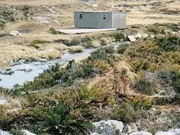 Can you find out the sniper hiding in camouflage?
Can you find out the sniper hiding in camouflage?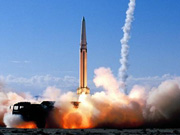 Spectacular rockets launch scenes
Spectacular rockets launch scenes